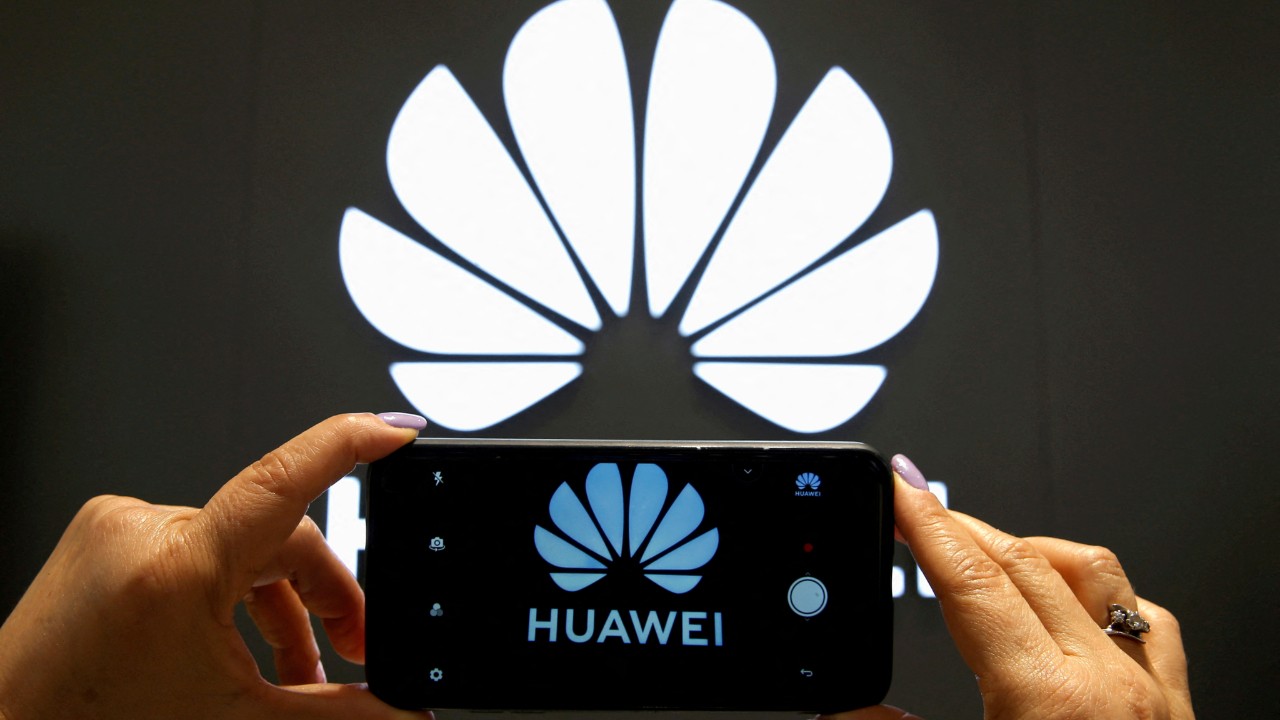Huawei aims to be the leader in 5.5G technology
Huawei, which has been under American embargo for many years and thus fell behind in the 5G race, wants to leave this situation behind with 5.5G technology.

Huawei Technologies, amid the global assimilation of 5G technology, has unveiled its foresight into the forthcoming network evolution with the initiation of 5.5G networks. The announcement, held in a resplendent ceremony in Dubai, illuminated Huawei’s partnership with numerous telecommunications titans such as China Mobile, China Telecom, and China Unicom, in addition to du from the United Arab Emirates and the Saudi Telecommunication Company.
In the technologically fervent atmosphere of 5.5G, Huawei propounds that this nascent technology will furnish tenfold the speed of contemporary networks, alongside reduced latency and astute power utilization. The implications of such advancements begin to crystallize when envisaging a VR game being played or a smart car being operated without perceptible delay. It is not merely the individual consumers who stand to gain from these enhancements. Various industrial sectors may well witness revolutionary upgrades courtesy of them.
Huawei aims to be the leader in 5.5G technology
Cao Ming, Huawei’s president of wireless solutions, noted, “The phase of accelerated commercialization for 5.5G is already underway globally,” thereby underlining not merely a futuristic vision but a technology already toeing the line for mainstream adoption. Nearly 20 countries, as reports indicate, have implemented the spectrum necessary for 5.5G. Cao Ming spotlighted the paramount role of this technology in amplifying productivity across conventional sectors, thus heralding a sweeping digital transformation.
With its reputed 2.8 million 5G base stations as of May, China has strategically positioned itself as a pacesetter in the 5G arena. A noteworthy 52% of the forthcoming 5G base station projects from China Mobile will leverage Huawei equipment. The unveiling of 5.5G technology, alternatively coined as “5G-Advanced,” is perceived as a pivotal step towards the next colossal technological wave, 6G, which is anticipated to surface in the forthcoming decade.
The 5.5G network is not merely an incremental upgrade. It signifies a radical shift in our conceptualization of connectivity and its applications sprawling across myriad industries. With the introduction of 5.5G, Huawei appears well-positioned to navigate the trajectory of the digital future.
 Redmi Note 13 series is approaching its global launchMobile
Redmi Note 13 series is approaching its global launchMobile





